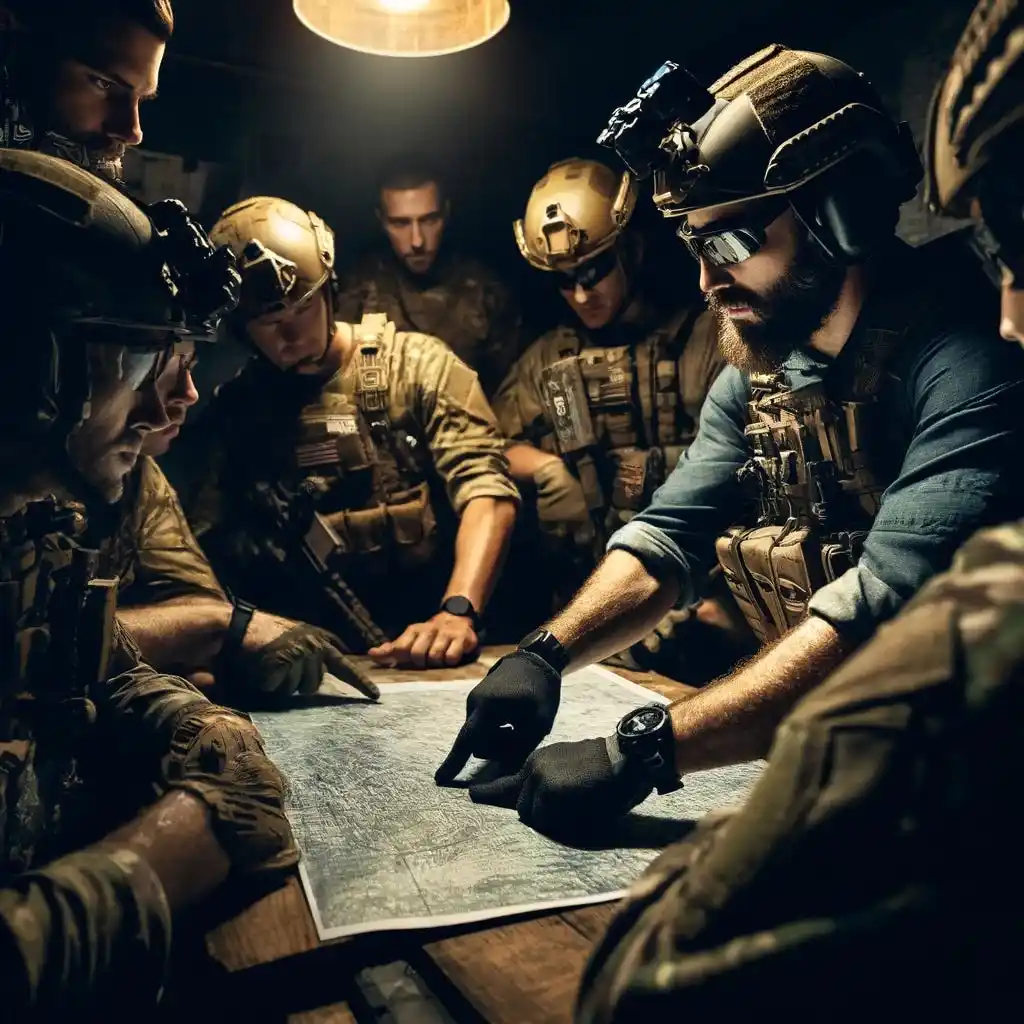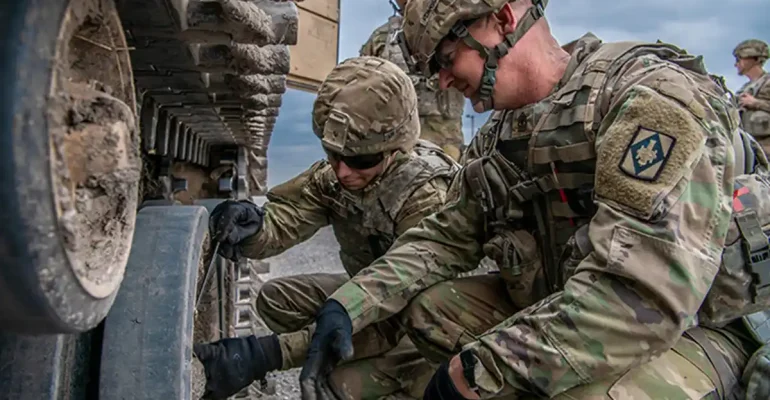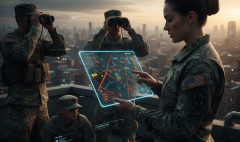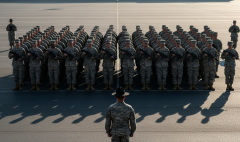The Crucible of Command: Mastering Problem-Solving Under Pressure in the Army
The Crucible of Command: Mastering Problem-Solving Under Pressure in the Army
In the Army, “problem-solving under pressure” isn’t a theoretical concept – it’s a daily reality. From a sudden change in mission parameters during an exercise, to a critical equipment malfunction in the field, or making split-second decisions to ensure troop safety, the ability to think clearly and act decisively when the stakes are high is paramount. This isn’t just about natural inclination; it’s a skill that can be honed, sharpened, and mastered.
So, how do you cultivate that calm, effective problem-solving mindset when the heat is on? Here are some insights, tips, and tricks from within the ranks:
1. Embrace Training as Your Classroom
This might sound obvious, but it’s the absolute foundation. Every drill, every exercise, every field training event – these are your opportunities to practice.
- Don’t just go through the motions: When a challenge arises in training, actively engage with it. Don’t wait for your leader to solve it; think about what you would do.
- “What if?” scenarios: Mentally run through potential contingencies. “What if comms go down here?” “What if we encounter an unexpected obstacle?” Proactive thinking trains your brain to anticipate problems.
- Debriefing is gold: After every exercise, participate actively in the After Action Review (AAR). Understand what went right, what went wrong, and why. This is where true learning happens.
2. The Power of Routine and Standardization (SOPs)
Paradoxically, rigid adherence to Standard Operating Procedures (SOPs) is a cornerstone of adaptable problem-solving.
- Muscle Memory for the Mundane: When routine tasks (like setting up a fighting position, performing vehicle checks, or even packing your ruck) become second nature, it frees up mental bandwidth to focus on the unforeseen problems.
- The Baseline for Deviation: SOPs provide a known, reliable baseline. When a problem arises, you can quickly identify where the process deviated and what needs to be fixed. It’s much harder to solve a problem if you don’t have a standard to compare it against.

3. The “PACE” Plan: Prioritize, Act, Communicate, Evaluate
This informal framework can be incredibly useful when a problem hits:
- P – Prioritize: What’s the most critical immediate threat or need? Is it life, limb, or eyesight? Is it mission accomplishment? Quickly triage the situation.
- A – Act (Decisively): Don’t get stuck in analysis paralysis. Even an imperfect solution executed decisively is often better than a perfect one that’s too late. Trust your training and make a call.
- C – Communicate: Inform your chain of command, your team, and anyone else who needs to know. Clear and concise communication is vital for coordinated action.
- E – Evaluate: After you’ve acted, continuously assess the situation. Is your solution working? Does it need adjustment? Be ready to adapt.
4. Cultivate Tactical Patience
This isn’t about being slow; it’s about not panicking. When something goes wrong, the immediate instinct can be to react wildly.
- Take a Breath: A literal deep breath can help calm your nervous system and allow your prefrontal cortex (the thinking part of your brain) to engage.
- Assess, Don’t Assume: Don’t jump to conclusions. Gather quick, vital information before formulating a response. What exactly happened? What’s the current status?
5. Leverage Your Team
You are not an island. The Army emphasizes teamwork for a reason.
- Delegate Effectively: You can’t do everything yourself, especially under pressure. Trust your NCOs and subordinates. Give clear tasks and empower them to execute.
- Tap into Collective Knowledge: Others might have seen a similar problem before, or have a unique perspective. Encourage input, even if you make the final decision. A quick huddle can unlock solutions.
- Cross-Train: The more your team members understand each other’s roles and responsibilities, the more smoothly they can step in during a crisis.
6. Learn from Mistakes (Yours and Others’)
Failure is not fatal; it’s foundational for growth.
- Personal AARs: After any challenging situation, conduct your own internal debrief. What did you learn? What could you have done better?
- Observe and Learn: Watch how experienced leaders and NCOs handle pressure. What techniques do they use? How do they communicate? Mimic their effective behaviors.
7. Maintain Physical and Mental Fitness
This is often overlooked but profoundly impacts your ability to think clearly under stress.
- Sleep, Hydration, Nutrition: These aren’t just buzzwords. A well-rested, properly fueled brain performs significantly better.
- Stress Inoculation: Regular physical training not only builds endurance but also helps your body become more accustomed to the physiological responses of stress, allowing you to manage them better when real pressure hits.
Problem-solving under pressure in the Army is less about innate genius and more about disciplined practice, clear thinking, and leveraging the strengths of your team. By embracing training, developing systematic approaches, and consistently reflecting on experiences, you’ll not only master the crucible of command but also become a more capable and resilient individual, ready for any challenge the Army – or life – throws your way.







